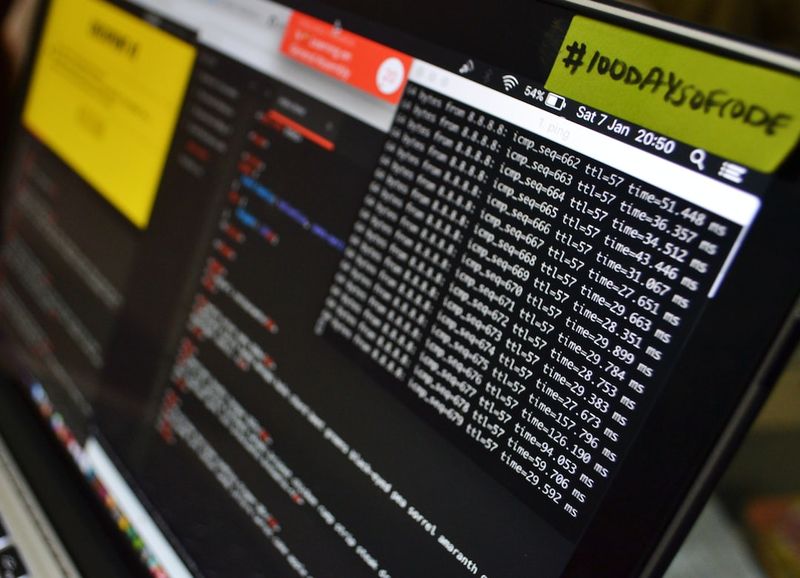Ransomware Incident Exposes Sensitive Data of Colorado Education Department
Overview
On August 4th, the Colorado Department of Higher Education (CDHE) announced a significant data breach incident that occurred between June 11th and 19th. In this ransomware attack, an unidentified group gained unauthorized access to CDHE systems and exfiltrated sensitive information. The breached data includes personal details such as names, Social Security numbers, and student identification numbers. The incident potentially impacts a wide range of individuals, including those who attended public educational institutions in Colorado, held education licenses, or participated in various educational programs between 2004 and 2020.
The Breach and Its Implications
The CDHE has not disclosed the exact number of affected individuals or the identity of the threat actors responsible for the breach. However, the extensive nature of the breach suggests that a significant demographic of people may be affected. The stolen data encompasses attendees of public colleges and universities, individuals with Colorado K-12 education licenses, participants in educational programs, and those who received a GED in Colorado within specific time frames.
The CDHE is currently conducting a thorough review of the impacted records and has assured that affected individuals will be notified once the assessment is complete. To address the potential harms resulting from this breach, the department is not only strengthening its policies and protocols but also offering credit monitoring and identity theft protection services for a two-year period. However, individuals impacted by the incident must take the initiative to enroll themselves in these services.
The CDHE Response and Security Measures
Following the breach, the CDHE promptly took necessary steps to secure its network and restore normal operations. They have also successfully negotiated with the threat actors to have the stolen data deleted. While the CDHE has not shared specific details regarding the security measures implemented, it is reassuring to see efforts aimed at mitigating the damage caused by the breach.
The Importance of Vigilance and Safeguarding Personal Information
In the face of this breach, it is crucial for affected individuals and the public at large to remain vigilant against potential incidents of identity theft and fraud. The compromised data contains sensitive personal information, which can be exploited by malicious actors for various illicit purposes. It is advisable to carefully review account statements and continually monitor credit reports for any suspicious activity or errors.
Enrolling in Credit Monitoring Services
To further safeguard their identities, CDHE encourages affected individuals to take advantage of credit monitoring services, such as those offered through Experian. Enrolling in these services can provide ongoing monitoring and alert individuals to any unusual or unauthorized activities associated with their personal information.
Looking Ahead: Assessing Internet Security Practices
The ransomware incident at the CDHE raises broader concerns about internet security posture across institutions and organizations. As cyber threats continue to evolve and become more sophisticated, it is essential for all entities to prioritize robust cybersecurity measures. Institutions should focus on implementing industry-standard security practices, regularly updating their systems and software, conducting periodic security audits, and providing comprehensive training to employees to enhance their cyber awareness.
Conclusion
The ransomware attack on the Colorado Department of Higher Education highlights the urgent need for organizations to fortify their cybersecurity defenses and protect the sensitive information entrusted to them. While the CDHE is actively responding to this incident and providing supportive services to affected individuals, it is paramount that individuals take proactive measures to safeguard their personal information and remain vigilant against potential identity theft and fraud. In this digital age, collective efforts are crucial in building a safer and more secure online environment for all.

<< photo by Dan Nelson >>
The image is for illustrative purposes only and does not depict the actual situation.
You might want to read !
- The Rise of Vietnam’s Ransomware: A Closer Look
- A Closer Look: Unleashing Chaos – Exploring the PaperCut Vulnerability and its Remote Code Execution Potential
- Promoting a Secure Digital Marketplace: Prioritizing Security Attestation for Software Sales to the US Government
- Unraveling the Aftermath: Decrypting the Colorado Department of Higher Education’s Data Breach
- The Rise of Cyberattacks: Hawaii’s Gemini North Observatory Targeted and Suspended
- The Impact of Hospital Mergers on Data Breaches: Investigating the Link
- North Korean Hackers Continue Ominous Cyber Campaign, Target Russian Missile Engineering Firm
- A Strategic Blueprint for Securing Cyberspace: CISA’s Vision for the Next 3 Years
- “The Quiet Threat: Unmasking the Vulnerability of Laptop Keystrokes”




